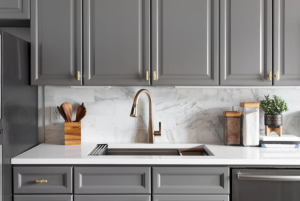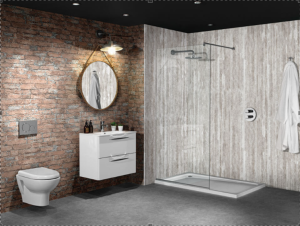
1. Solar panels: Homeowners are increasingly installing rooftop solar panels to generate clean and renewable electricity and reduce their reliance on the grid.
2. LED lighting: LED bulbs are highly energy-efficient and consume significantly less electricity compared to traditional incandescent bulbs.
3. Smart thermostats: These devices use sensors and algorithms to optimize heating and cooling, adjusting temperatures based on occupancy or specific schedules to conserve energy.
4. Energy-efficient appliances: Homeowners are replacing old appliances with Energy Star-rated models that consume less power, such as refrigerators, dishwashers, and washing machines.
5. High-efficiency windows: Installing windows with improved insulation properties reduces heat transfer and energy loss, resulting in lower heating and cooling costs.
6. Programmable or smart power strips: These devices automatically shut down power to electronic devices that are not in use, eliminating “vampire power” or standby power consumption.
7. Geothermal heat pumps: These utilize the stable underground temperature to heat or cool homes more efficiently than traditional HVAC systems, resulting in energy savings.
8. Energy-efficient insulation: Upgrading insulation in attics, walls, and basements can significantly reduce heat transfer, improving energy efficiency and reducing heating and cooling costs.
9. Rainwater harvesting systems: These systems collect and store rainwater for various uses, such as landscape irrigation or toilet flushing, reducing reliance on municipal water supplies.
10. Green roofing: Planting vegetation on roofs not only provides insulation and reduces stormwater runoff but also helps cool the building and improves air quality.






